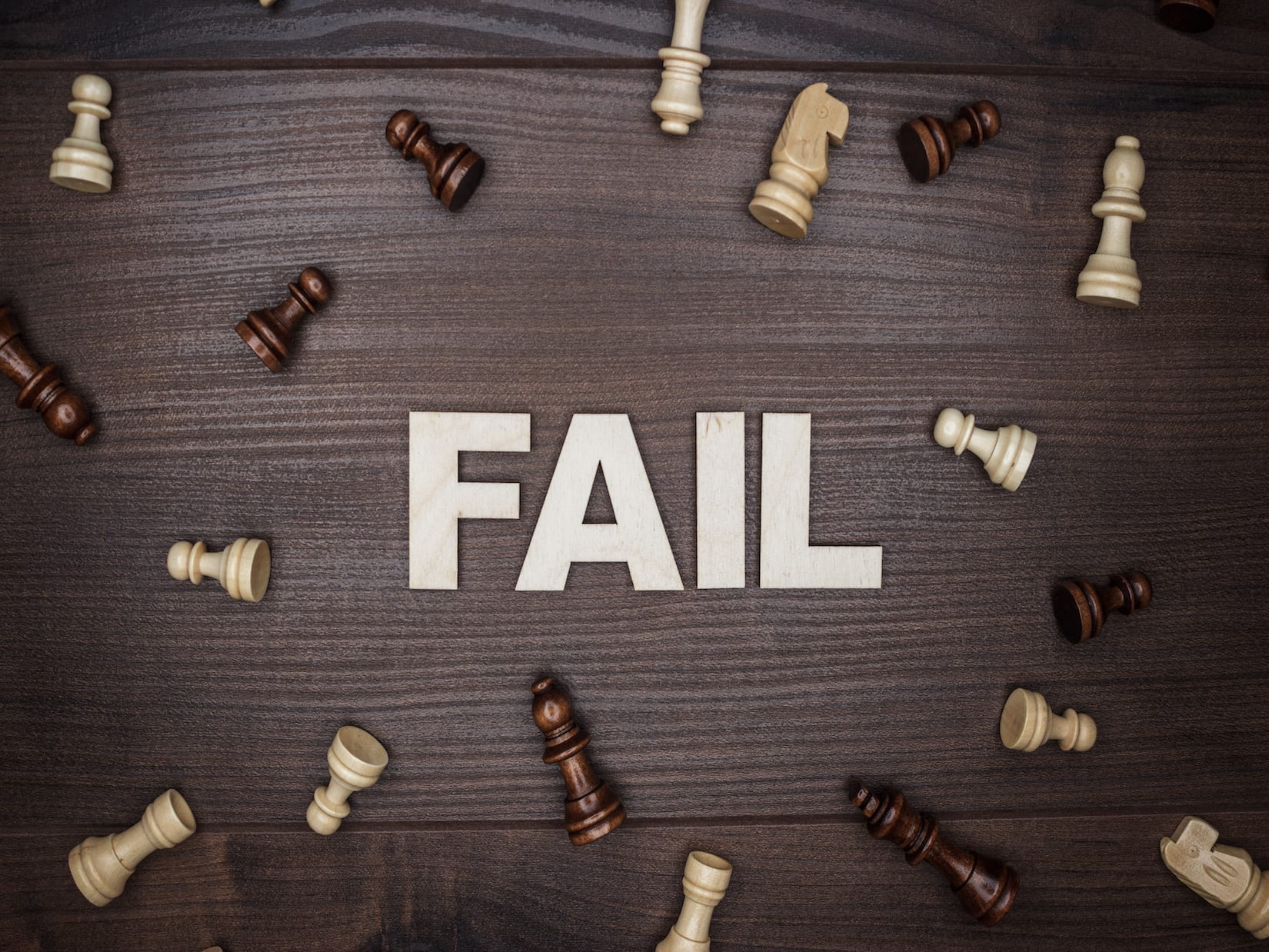Marketers aren’t psychologists. At least, most of them aren’t. But many of the most successful marketing and advertising campaigns throughout history have made use of psychological principles of human behavior. By frequently applying those principles, brands, marketers, and advertisers have been able to have a better understanding of their target audience, which has allowed those brands to build stronger, more meaningful connections.
Psychology and the study of human and consumer behavior is one of the most powerful tools in the branding, marketing, and advertising toolbox. When used correctly (i.e., ethically, respectfully, and honestly) it can help brands attract the right audience, compel that audience to purchase products and services, and help brands to build meaningful, mutually beneficial relationship with customers.
But why do people buy the things they buy? What compels each of us to purchase one product over another? Why do we choose one brand over another? More importantly, why do people buy those products and services again and again and again?
There are many things that influence the thousands of decisions consumers make each day. But one of the most powerful—and most subtle—of those influencers is that we have been conditioned over time to respond to, be attracted to, and desire those brands, products, and services. Essentially, we, the consumers, have learned to respond to it.
How are behaviors, particularly those behaviors that dictate our purchasing habits, learned? To get to the bottom of that question, we’ll need to travel back Psychology 101 to meet Ivan Pavlov and B.F. Skinner, the behavioral psychologists who pioneered the theories of classical and operant conditioning, respectively.
Classical Conditioning
Perhaps you remember Ivan Pavlov and his dogs. Pavlov was the Russian physiologist who trained his dogs to associate the ringing of a bell with food. After a while, he recorded that his dogs would salivate when they heard the bell, even without food. Today, his theories are referred to as classical conditioning.
Classical Conditioning is a theory of psychology that refers to learning through repetition. Its ultimate goal is to create a spontaneous response to a particular situation by repeatedly exposing a subject (consumer) to a specific stimuli (a brand, product, or service).
Operant Conditioning
On the other hand, operant conditioning, B.F. Skinner’s theory of human behavior, refers to changes in behavior as a result of experiences that occur after a response. This is they type of conditioning most people are at least partially aware of, because behavior is controlled, or conditioned, by reinforcement or punishment.
Since Pavlov’s groundbreaking discovery, numerous studies have shown that such conditioning is effective on humans too. And in recent decades, behavioral conditioning has become a powerful tool for brands and marketers looking to generate awareness and loyalty.
Conditioning in Marketing
So how does this all work in marketing and advertising? In classical conditioning, the goal is to get consumers to associate brands with a particular feeling or response. Operant conditioning might be something like an offer or a reward, such as “buy one, get one.”
Coca-Cola, for example, has successfully associated their brand with happiness and satisfaction. By associating the beverage with physical activities and environmental factors like sports, the sun, and the beach—things that make you thirsty—Coca-Cola has positioned itself in the minds of consumers across the world as a thirst quencher. So when you’re hot, when you’ve exercised, or when you’re at the beach, there’s a good chance you start thinking about a Coke.
The Takeaway
The incredible thing about conditioning as a marketing tool is that, like the case of Coca-Cola, it isn’t at all a negative thing. It presents solutions to problems. And unlike discounts—which can create a negative association with the full price when used too often—conditioning offers incentives and benefits while maintaining the integrity of the brand, product, and consumers.
Utilizing psychology in this way helps brands connect with consumers as humans first by appealing to their minds and needs rather than treating them as transactions. Psychology allows brands to connect with their customers on a deeper, more meaningful, personal level—a lifestyle level. We call it Brand to Human®, and it’s the driving force between all of our branding, marketing, and advertising needs.



